
Can a smart phone help get cleaner water at home? A group of 30 women from Guanacaste and the northern zone of Costa Rica met in a University of Costa Rica (UCR) classroom in Santa Cruz to prove that it’s possible.
Daniella Díaz, Ariana Román and Zurely Núñez are three of them. Since July, when they met for the first time, they have been designing a project to survey residents of Hojancha and Nandayure with a cell phone app. The app allows them to mark the exact location of each resident (through a geolocator) and find out if they have a way to treat the water they use on their properties or inside their homes.
“The prototype that we are designing is a way to estimate the risk for people when water isn’t treated, for example, and verify if their property uses a drainage system or not, because there are people who have pigs who opened a well and if there is no drainage system, everything ends up in the aquifer,” said Díaz, who administers the water association in Nandayure.
The project will help them diagnose what is filtering into the aquifers, like wastewater, which ends up affecting water quality in the aqueducts. With the new mapping, they can later demand that residents build drainage systems so that waste water doesn’t affect the aquifers.
A few months ago, it was unthinkable for these 30 women to lead an innovating project that would benefit rural aqueducts (asadas). A study by the United Nations Development Program (UNDP) found that women in the province rarely participate in decision making at water associations and often take on tasks such as serving coffee and preparing rooms for meetings.
In order to access general assemblies and direcotor’s board meetings, you must be a user of the service, and that is assigned to the owner of the property, which, in this country, is in mens’ names,” said UNDP gender specialist Rafaella Sánchez.
The UNDP is one of the entities helping train the women, alongside the Costa Rican Aqueducts and Sewers Institute, the UCR School of Geography. They are teaching these leaders about climate change, drought and administration. The first activity was done in July at the UCR campus in Santa Cruz.
The goal is to improve the performance of their aqueducts through free cell phone applications under the premise of strengthening community water management in the province.
“We have to face the challenges of climate change (which causes global temperatures to rise). In Guanacaste, the effects are felt hard so we need to innovate and involve women in order to close gaps,” says Natalia Meza, a water specialist for the UNDP.
Today, each one of the 10 groups the women in the communities formed in July, continue working on their projects at their own pace. For example, last month Daniella, Zurelly and Ariana held a meeting with the Health Ministry in order to define the questions they would ask in the survey.
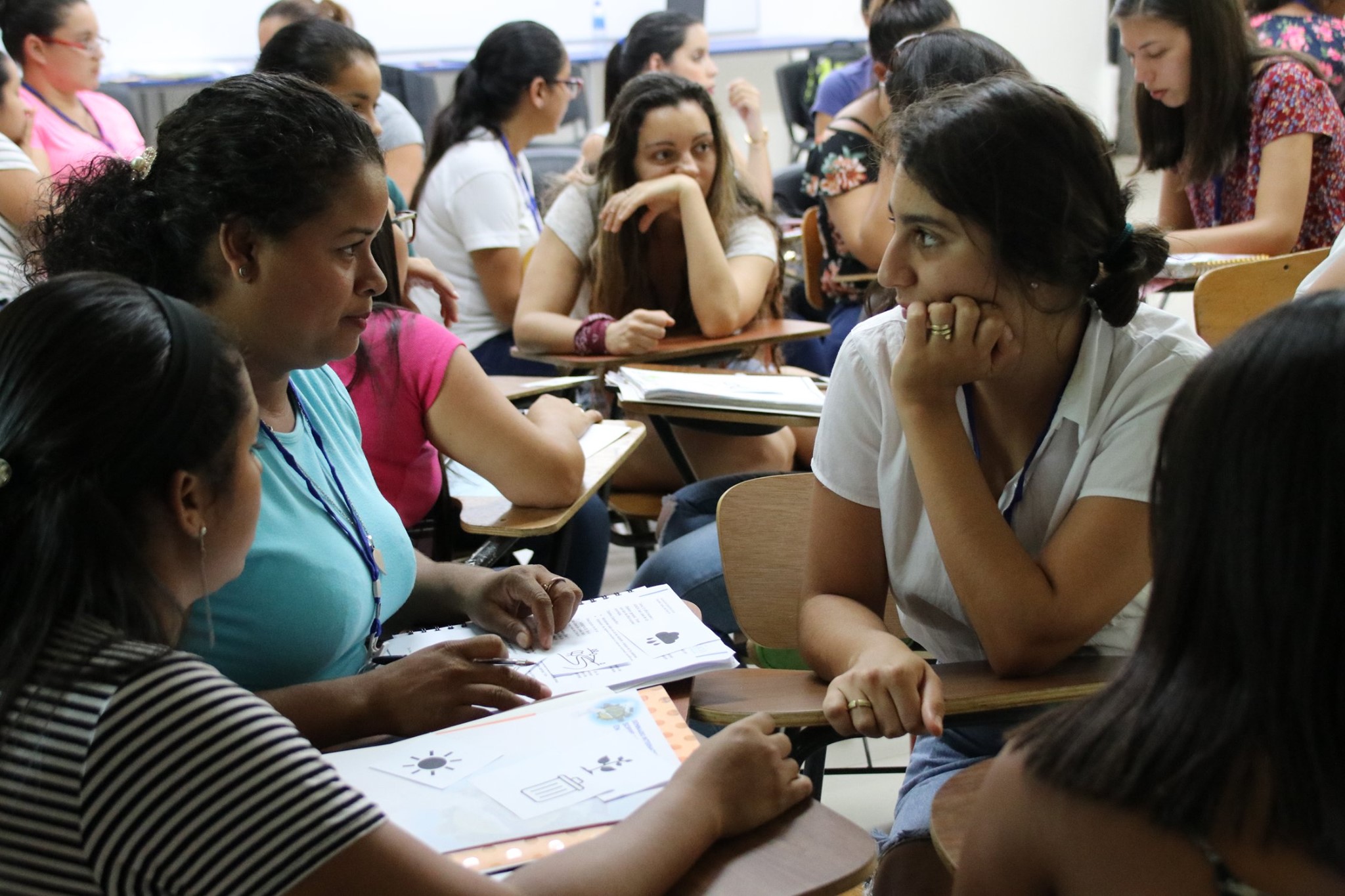
In July, the 30 women between 12 and 35 years old worked together in a classroom at the UCR in Santa Cruz. They formed 10 groups, each with different projects. Photo: UNDP
Once completed, all the groups will share their projects with the other water associations so residents can replicate it.
Lidiana Rojas, director of the Chorotega Regional Rural Aqueducts office, says the activity will help them obtain more concrete data and make better decisions.
The aqueducts are really old. Most are older than 30 years, so the problem with water is also due to infrastructure because most of it is obsolete,” Rojas said.
“Many of the projects seek to map out the distribution system. That will help us get a basic idea, but a necessary one, of how much water we have and what we need to do to improve it.”
UCR geography professor María José Molina is the creator of the workshops. She says the applications are simple and easy to understand and have a broad impact. The apps are My Maps by Google, KoBo Toolbox and Mobile Topographer and are all available in the app stores for Apple and Android.
“The most important thing is that they are free and function without internet, because sometimes apps are developed but cost a lot of money,” she said.
How was the Idea Born?
Molina says she participated a while ago in a hackathon for women, an activity in which programmers and software developers work on app designs.
Participating as a judge impressed me. The girls were from rural zones and had incredible ideas using satellite technology,” Molina says. “I said, ‘how interesting that in geography, we work with similar initiatives.”
Molina told the UNDP and the director of the school of geography and “they supported me because we said, ‘we have a good team and it would be good to support communities, and above all women.”
They recruited five advanced students from the school of geography to help the women.
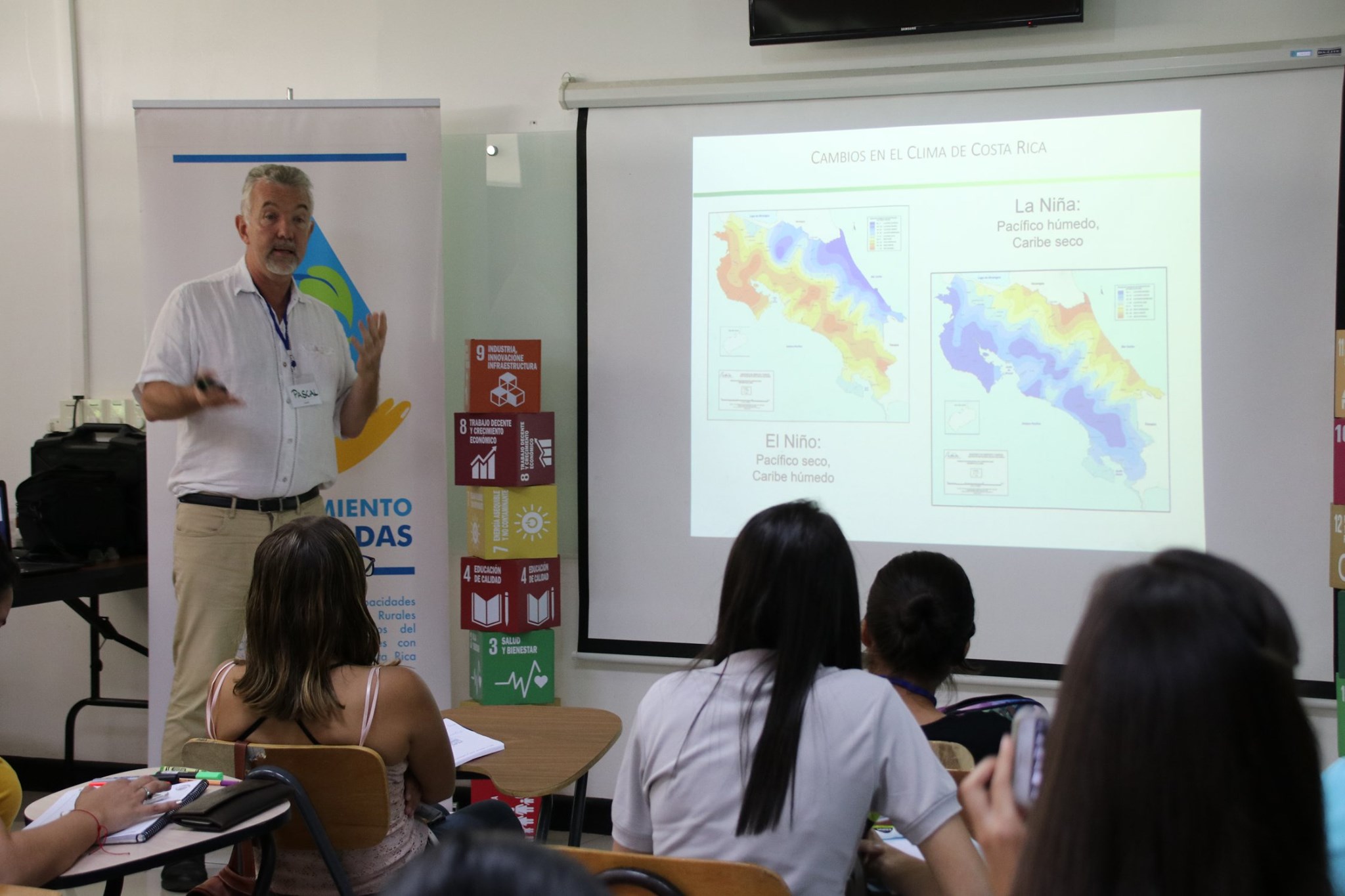
Pascal Girot, director of the UCR’s Geography School, and other water and climate experts went to Santa Cruz to train the 30 women. Photo: PNUD
One of the students was Linnette Ceciliano. “Our function is to be sure that the girls are understanding the theory and looking at the prototype to make sure it is implemented properly in the field. If something goes wrong, we help them via videoconferencing and visiting their workplaces,” Ceciliano said.
Before July, they all formed a Whtasapp group with the women from the water associations and shared videos and information about useful apps, or on the impact of climate change and water availability.
“We started selecting content in March. We said, ‘ok, our task is finding a video that is easy to understand about the topic.’ We looked for it, talked about it and selected the most appropriate one,” Ceciliano said. They did the same with the free cell phone apps they use to design their projects.
“I am surprised by what the participants are developing. They know their communities very well, so for us as the UCR it is important to provide them with tools and for them to know that we are here to help,” Molina said.


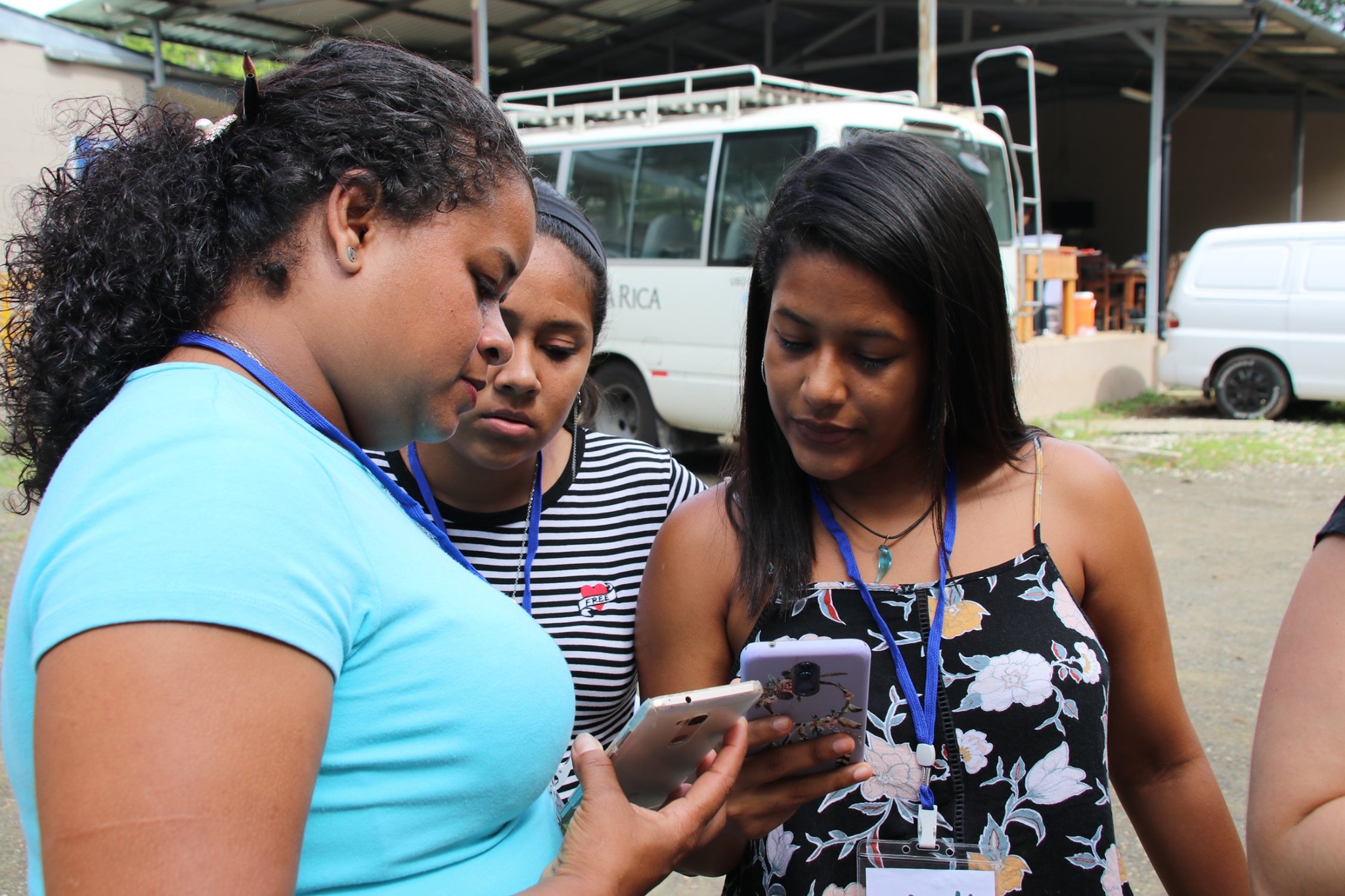
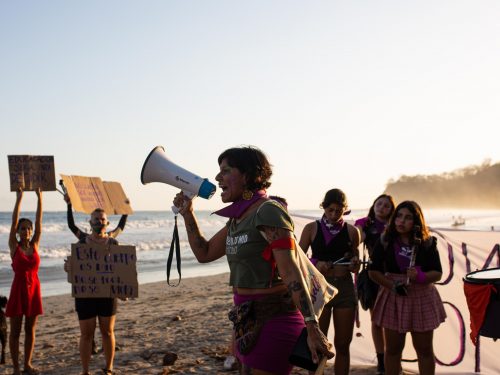
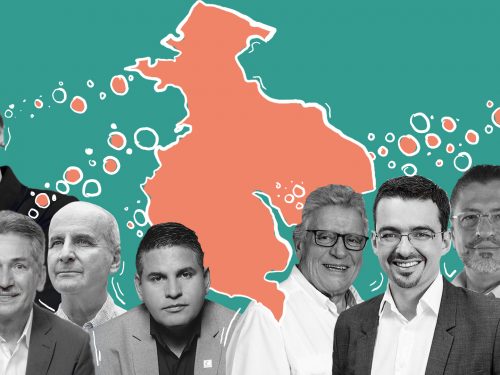
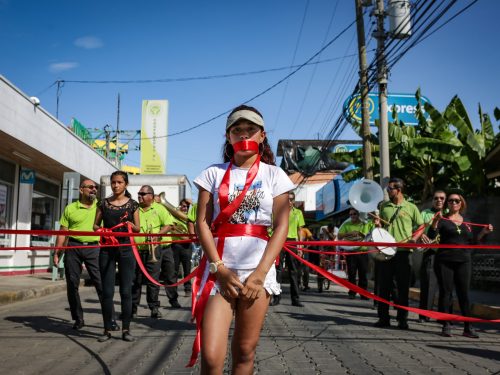

Comments